MPM 1/48 Fairey Fulmar
Emerging from the Fairey Battle project, the Fulmar was submitted as a response to a prewar British specification, calling for a two-crew fighter capable of observation and fleet defense operations. As the aircraft was intended to routinely perform lengthy flights over the ocean, the presence of a navigator / wireless operator was considered an essential element, especially when flying at night time or during poor weather.
Since Nazi Germany, Britain's only foreseen enemy during that era, possessed no aircraft carriers of its own, the prospective aircraft was not expected to encounter any major fighter opposition, deeming aspects such as long range and heavy armament more important than high levels of maneuverability or speed.
Initial testing revealed the prototype inherited Battle's relatively poor performance, with things somehow improving following the adoption of the more powerful Merlin VIII engine (a variant unique to the Fulmar with supercharging optimized for low level flight), as well as various aerodynamic improvements made to the airframe.
Due to the then desperate requirement for more modern fighters to equip Britain's carrier fleet, the moderately performing but promising to be available quickly and in quantity Fulmar was Royal Navy's choice, with an initial order for 127 production aircraft placed in mid-1938.
The further improved Fulmar Mk II started to be produced by January 1941. It featured a more powerful Merlin XX engine and provisions for either a center-line drop tank or 250/500 lb bomb. The type was also launched from catapults on merchant ships, a convoy defensive plan that was being evaluated at the time.
The Fulmar proved to be operationally sufficient, counteracting its clearly inferior to typical land-based fighters performance with its frequently desirable longer range. During the 1941 chase of the German battleship Bismarck, multiple Fulmars were used as carrier-borne spotters, playing a crucial role not only in tracking the movements of the vessel, but also in performing an attack upon it.
In the North African Campaign, the relatively sturdy Fulmar was able to achieve dozens of victories against its Italian and German adversaries, with the type proving particularly effective against Italian reconnaissance aircraft. At the Battle of Taranto, the Fulmar was deployed to provide top cover for the attacking Swordfish torpedo bombers, whereas during the Battle of Cape Matapan it provided escort to the FAA's attack aircraft against the Italian Navy.
The type was also deployed in other theaters. At the Eastern Front, it was a common constituent of the numerous Arctic convoys to the Soviet Union and also played a prominent role in Operation EF, the ill-fated air raid on Axis-held Kirkenes and Petsamo facilities that was conducted during July 1941.
As a naval fighter, the Fulmar was being gradually replaced throughout 1942 by single-seat aircraft that had been adapted from land fighters, such as the Sea Hurricane, the Seafire and the Martlet. From then on, the type continued to be operated in night convoy escorting, long-range reconnaissance and as an intruder. It was also used to train crews for the newer and more advanced Fairey Barracuda, with dearmed Fulmars also seeing service in Africa as communications and dispatch aircraft. Approximately 100 examples were converted to night fighters, achieving only limited success in this role. In February 1945, the Fulmar was withdrawn from front line service.
Fulmar pilots were satisfied not only with the type's fuel capacity and range, but also with its pleasant flight characteristics and the widely spaced undercarriage that provided less sweating deck landings. Most Fleet Air Arm fighter aces scored at least some of their victories while flying Fulmars.
Recorded as having destroyed a total of 112 enemy aircraft against the loss of 40, makes the Fulmar the leading fighter type in terms of aircraft shot down to be operated by the Fleet Air Arm during the course of the conflict. A total of 600 were built, with only one known survivor, #N1854, which was the Fulmar prototype (and first production Mk I) at the Fleet Air Arm Museum, Yeovilton.
MPM came in 2007 with this limited run in nature but so close to being mainstream kit. The model was built through our Flight 19 FAA: Planes with Roundels mini group.
Should you wish to read the full build review, you may do so by visiting my beloved site Modelingmadness:
https://modelingmadness.com/review/allies/gb/faa/penful.htm
Happy Modelling!

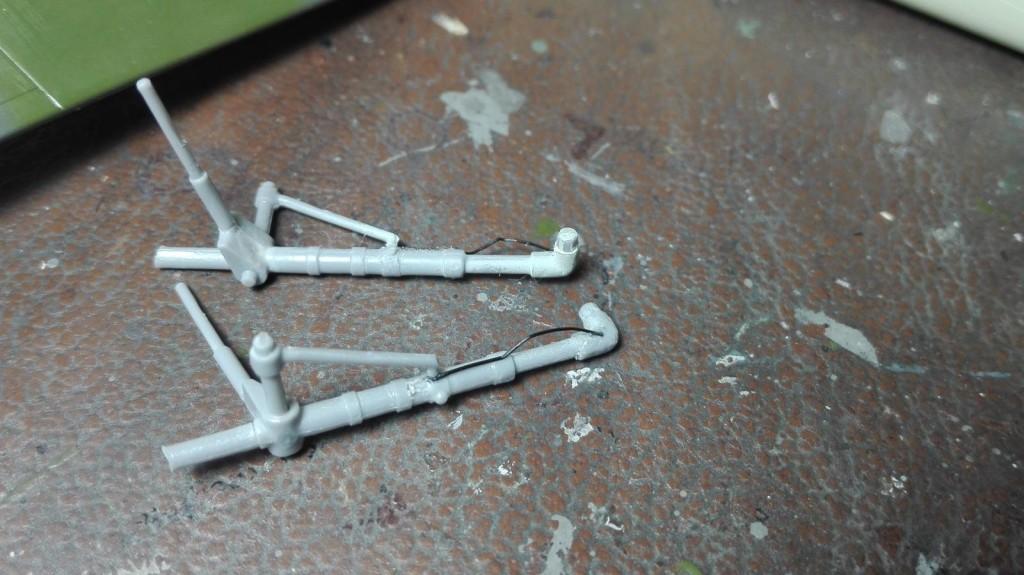






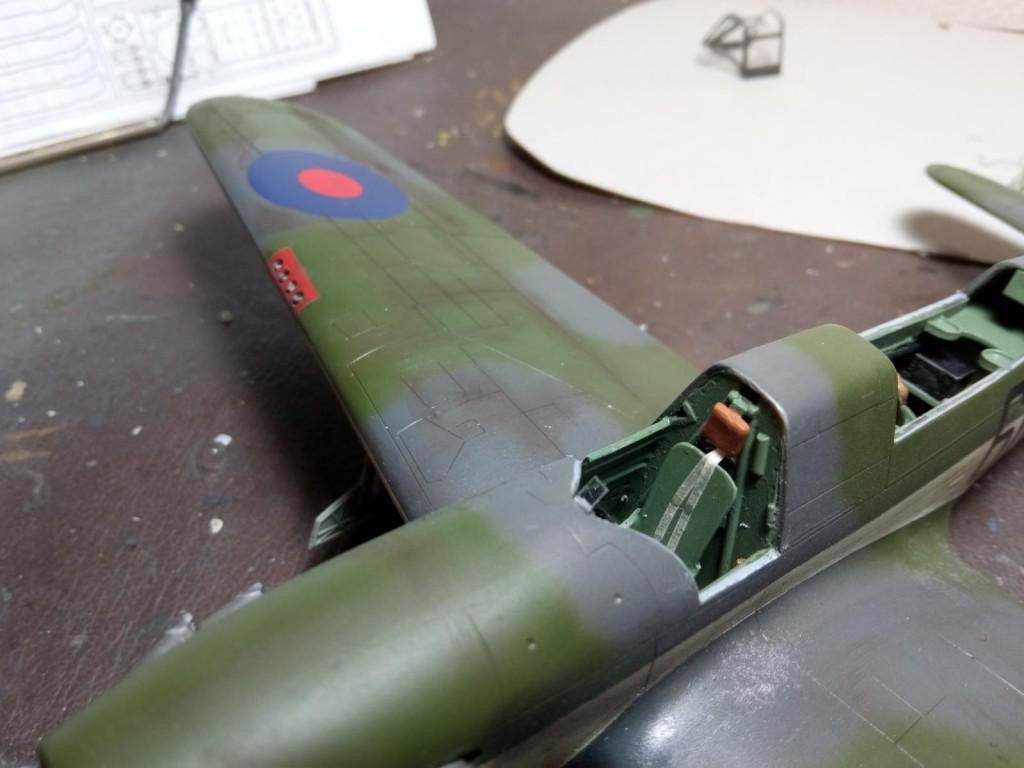





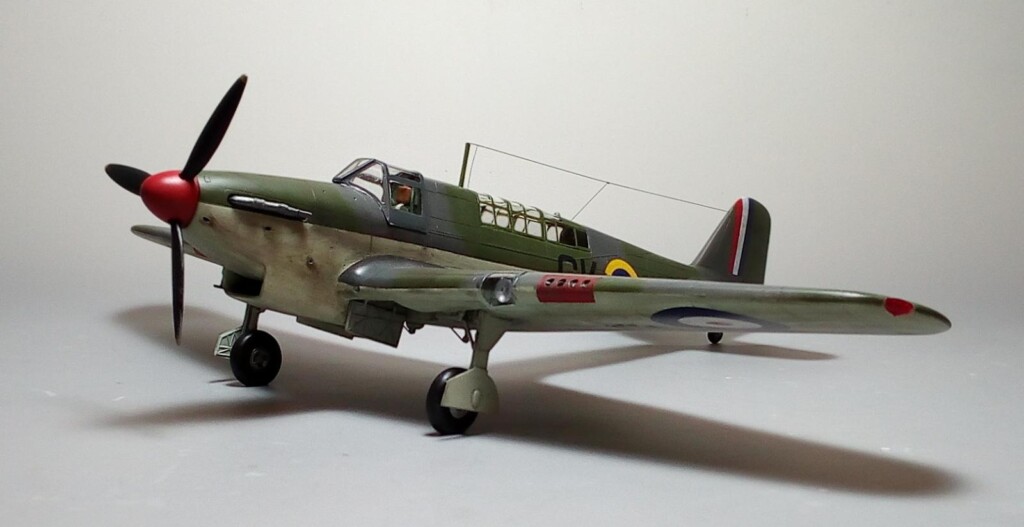
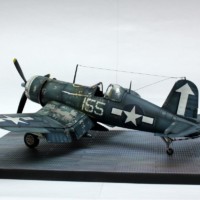


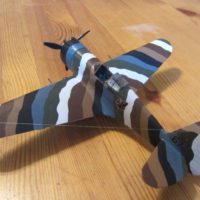
Nice job Spiros
Thanks my friend @tolgaul!
Looks great. Not seen these much. Love the camo.
Thanks my friend @glenn73!
Well done, Spiros. Glad you posted this one.
Thanks my friend @gwskat!
Excellent work on an MPM kit.
Thanks my friend @christopher!
Nice work, Spiros. I have one of those in the stash too.
Thanks my friend @j-healy! It will be great to see yours built!
I always find Fleet Air Arm aircraft attractive, Spiros, and this one is no exception. Very neatly built, the cockpit is nicely detailed, cool camouflage, good photographs, and a concise history, what’s not to like?
Thank you so much, my friend @chinesegeorge!
Very cool build of a unique subject @fiveten Keep them coming!
Thanks my friend @dbutlr!
Very nice ! Good history and so much more to know about that time through builds.
I must build one too . ( in 1/72 ) It’s an important Battle of the Atlantic plane.
Thanks my friend @bernardbedeur! Looking forward to your build!
Fantastic unusual build!
Thanks my friend @lis!
A very fine looking Fulmar, Spiros @fiveten
Painting and weathering is really great, just like the rest of this build.
Thanks a lot for sharing the historical background.
Your article on MM is a pleasure to read as well.
Thanks so much my friend @johnb!
Great job on this Fulmar Spiros , anything FAA floats my boat if you'll pardon the pun !
Thanks my friend @neil-foster! Indeed, FAA planes are wonderful modeling subjects!
I love all the - to me - odd-ball British aircraft (the Roc, the Firefly, Fulmar, etc.). This one came out great! Made me want to build mine...(and my Roc, and my Battle, and my Skua, and my...)
Thanks so much, my friend @gkittinger! A Roc sounds nice...
Great work Spiros! I have the Eduard Fulmar II in the storage closet and. your build is an inspiration to finally get it built!
Thanks my friend @dtravis! Looking forward to yours!
Great looking build Spiros!
Thanks my friend @roofrat!
Sharp looking plane Spiros! Well done.
Thanks my friend @bapowellphys!
Cool kit, Spiros (@fiveten). I completely missed this build. I heard that this MPM kit is tough to build, but it looks like you were able overcome any problems.
Thanks my friend @gblair! Apart from some attention in lining up all interior elements, the kit went on uneventfully.
Nice work on this and a great result, @fiveten.
Thanks my friend @tcinla!
Great job, what kind of masks did you use for the canopy?
Thanks my friend @georgedamian! The canopy frames were hand painted with a 10/0 brush.
Wow wow wow. This is a STUNNING Fulmar. Spiros you did an amazing job on this kit. Well done!
Thanks my friend @mornem
Spiros Pendedekas (@fiveten)
You built another incredible model. It was a pleasure working with you in our little mini group build.
Well done my friend ! VERY well done indeed.
Thanks my friend @lgardner!
A great pleasure to work with you too!
Spiros very nice result! I have the Eduard Fulmar and it is waiting for me!
Thanks my friend Κυριάκο @kipdarks! Looking forward to your Fulmar!
A cracker of a build.
It can't have been the easiest though, being MPM.
Beautiful result.
Cheers,
Alistair
Thanks my friend @alistairfgauld! Indeed, some extra attention was needed but not that much: this was one of the latest MPM releases, all styrene, with parts getting close to be addressed as "mainstream".